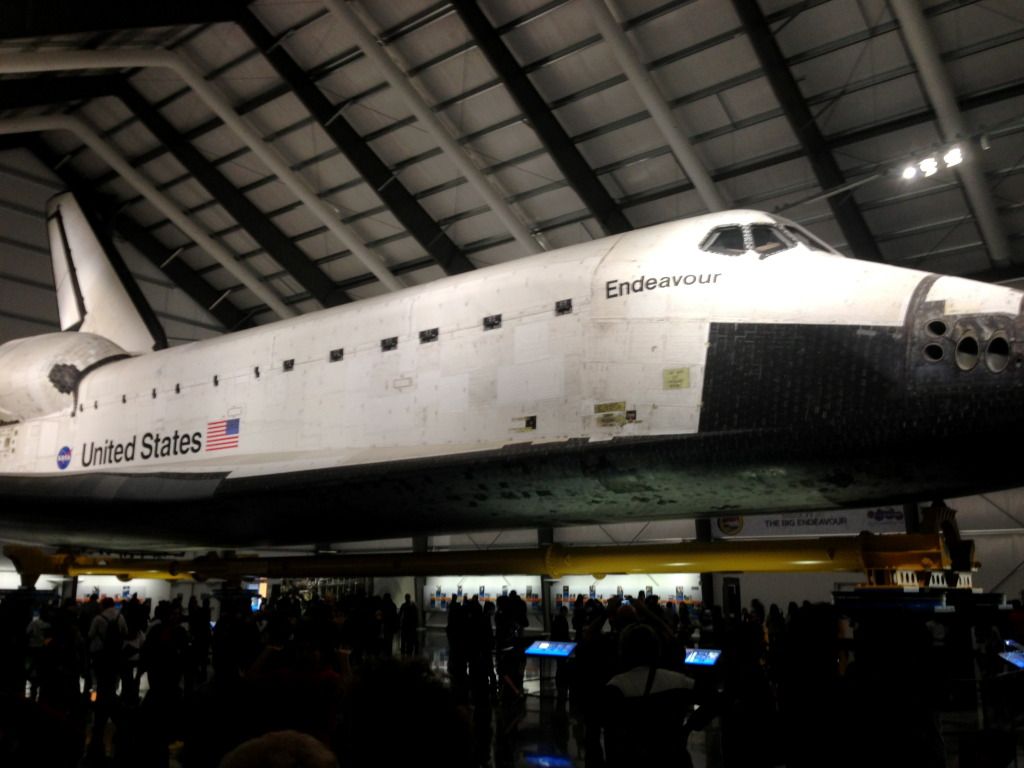1. Characteristics of the Planets--the students worked in groups of 4 to sort and classify the pictures of the planets any way they saw fit. Some classified by color, some by size, etc. I then had them classify the planets by their composition. This led to introducing them to the terms terrestrial and gas giants.
2. Planets in Order---In groups they placed the planets in order by looking at the back of the picture card and identifying the distance from the sun. We then discussed the inner (terrestrial) and outer (gas giants) planets and how they were separated by the Asteroid Belt and the Kuiper Belt at the end of our solar system.
3. Expert Groups---each group was to become an "expert" on a planet. They read a sheet with information about their planet. They were to highlight any pertinent information and take notes in their science journal. I then gave them a large chart paper for them to write, draw and display any information they thought was the most important for the whole class to know. As a group, they selected 2 presenters to teach the class about their planet. This gave them each an opportunity to work on the chart based on their own type of intelligence. While the group presented, the class took notes and asked the presenters questions. I was impressed with their charts and with their eagerness to ask clarifying questions.
Students in Groups
Students' Charts
4. Planets on display---the students took all the information they had learned and created a foldable (I got the idea on Pinterest). They got to color the planet template I found online, placed the planets in order, and had to write at least 5 pieces of information on each planet that they thought was very important.
5. Gravity (Isaac Newton)---there is a great investigation in our FOSS Science kit to demonstrate gravity. They thought it was hilarious that this great idea came from an apple falling on his head. I was able to reiterate the importance of observations and that they NEVER know when they will have an extraordinary breakthrough that will change all of our lives. The investigation uses a ball and string being swung overhead to demonstrate Newton's first law of motion: every object maintains constant speed and remains in a straight line unless gravity (push/pull is exerted on it)--in very simple kid language. This led to discussing the gravitational pull that the sun exerts on the planets and vice-versa.
6. Pendulum Swinger (Galileo Galilie) --this fun and engaging investigation is also from our FOSS Science kit. We discussed Galileo's great contributions to science with the use of the telescope and from research from Copernicus. Students then got the opportunity to test out one of Galileo's observation while he was at Church. They built a pendulum, counted the cycles, and drew conclusions from their investigation. In the process they learned about variables. This was truly learning in action! They realized that everyone was getting different results with the same materials and length of string. They then realized (on their own!) that mass, length of string, and release position all effected the data. We standardized all these variables to have consistency and "true" results. Students then had the opportunity to test out other variables and graphing their results. Their conclusion was that the longer the swing the less cycles and the shorted the string the more cycles the pendulum would complete.
We were fortunate enough to have the CA Science Center a rail ride away. We saw up-close the magnificent site of the Shuttle Endeavour. We walked around and under it a couple times. We were are perplexed at the material on the exterior of the shuttle, therefore we read more on it. It was truly an exceptional learning experience.
What do you do to engage your students learning of the solar system?
What do you do to engage your students learning of the solar system?










No comments:
Post a Comment